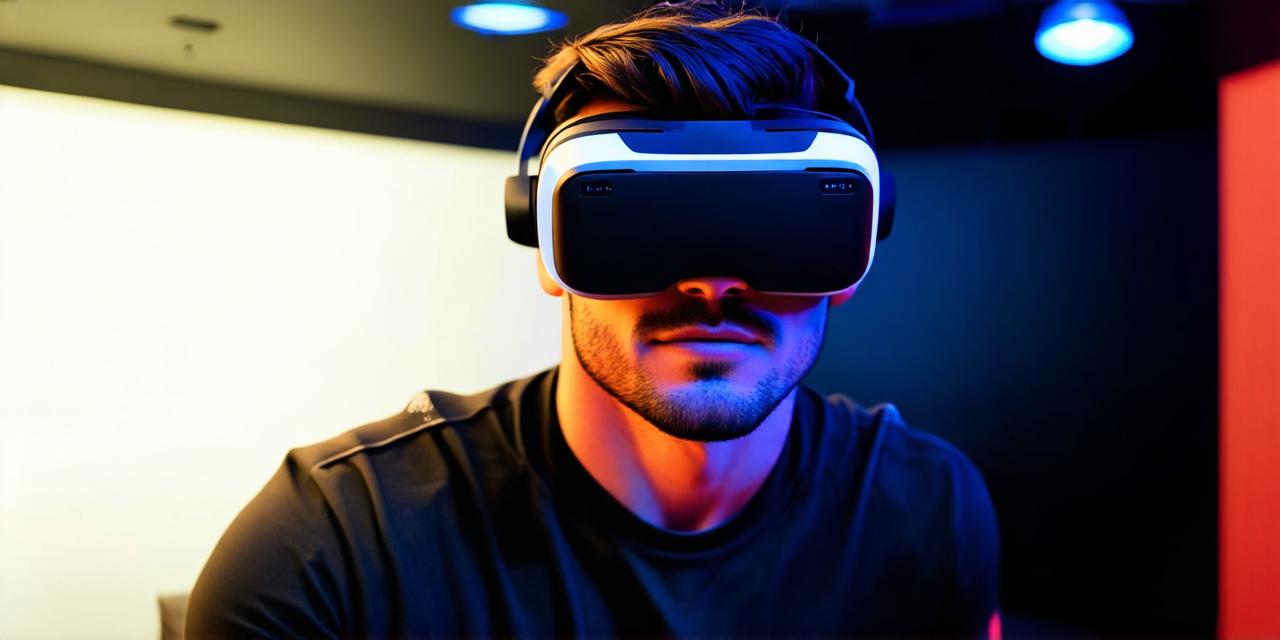Virtual reality (VR) technology has revolutionized the way we interact with digital environments, allowing us to explore new worlds and experiences in ways that were previously impossible. However, as with any new technology, there are many incorrect statements being made about VR. In this article, we will examine some of the most common misconceptions and set the record straight on what virtual reality really is.
Myth 1: Virtual Reality is a Simulation of the Real World
One of the biggest misconceptions about virtual reality is that it’s just a simulation of the real world. While VR can certainly be used to create realistic simulations, it’s also capable of creating entirely new worlds and experiences that are not possible in the real world. In fact, one of the main benefits of VR is its ability to transport users to completely different environments, allowing them to explore and interact with things they might never have the chance to see or experience otherwise.
Myth 2: Virtual Reality is a Solitary Experience
Another common misconception about virtual reality is that it’s a solitary experience. While it’s true that VR headsets can be used for solo play, many VR games and experiences are designed to be played with multiple users in a shared virtual space. This allows for collaborative gameplay and social interaction in ways that might not be possible in the real world.
Myth 3: Virtual Reality is Expensive
Virtual reality technology can be expensive, but it’s also come a long way in recent years. There are now many affordable VR options available, including smartphone-based VR headsets and standalone consoles like the Oculus Quest 2. Additionally, as the technology advances, prices are likely to continue to decrease, making VR more accessible to a wider range of people.
Myth 4: Virtual Reality Causes Motion Sickness
While it’s true that some people experience motion sickness when using virtual reality, it’s not a universal phenomenon. Many factors can contribute to motion sickness in VR, including the quality of the graphics, the movement of the user’s head, and the intensity of the experience. However, with proper setup and attention to these factors, most people can enjoy virtual reality without experiencing any negative symptoms.
Myth 5: Virtual Reality is Just for Gamers
Virtual reality technology has many applications beyond gaming, including education, training, and even therapy. For example, VR can be used to simulate real-world scenarios in a safe environment, allowing medical professionals to practice complex procedures without risking patient safety. Similarly, VR can be used to teach students about history or science in an immersive and engaging way.

In conclusion, there are many incorrect statements being made about virtual reality technology. It’s not just a simulation of the real world, it’s not a solitary experience, it’s not expensive, it doesn’t cause motion sickness for everyone, and it has applications beyond gaming. By understanding these misconceptions, we can better appreciate the true potential of virtual reality technology and all the incredible experiences it has to offer.
